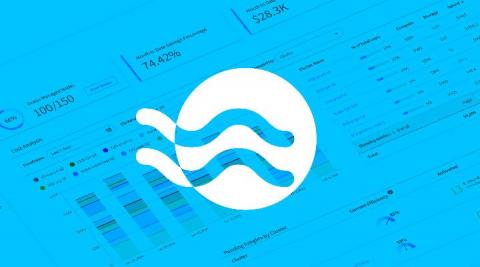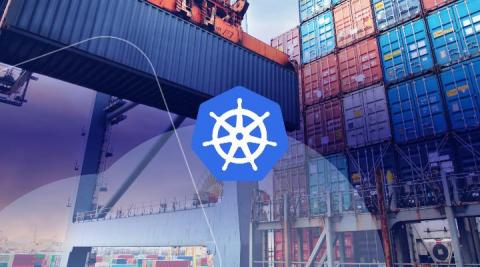Enhanced visibility for cost optimization across your Kubernetes clusters
Cloud cost management is essential for business success, especially in times of business and global volatility. However, gaining quick and clear visibility into all your containerized workloads so you can control and improve the way they are being used, has not been so simple to date. At Spot, we have been addressing these issues and recently introduced cost analysis and showback tools for Kubernetes within our Ocean solution.









